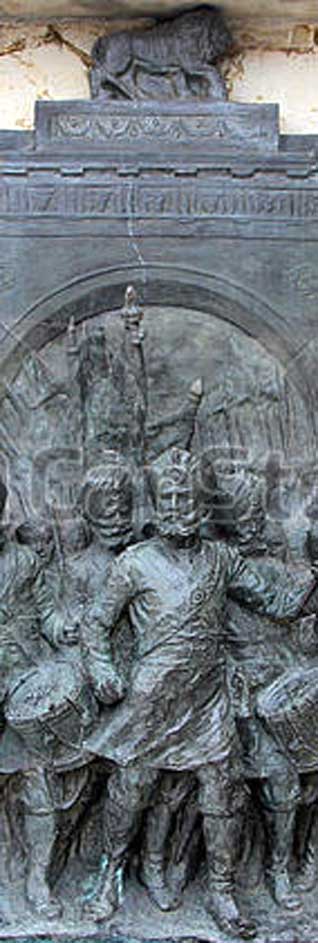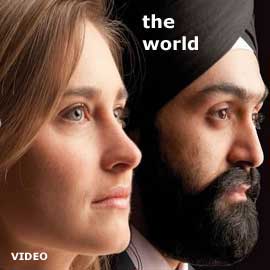Travel
Thumbnail History of Sikhs in Kolkata/Calcutta Spanning More Than Five Centuries
KALLOL BASU
The Sikh connection to Kolkata dates back to 1510 when Guru Nanak visited the place during his First Great Journey to the east preaching the doctrines of peace and brotherhood. He stayed for around a fortnight in present day Burrabazar area (where Gurdwara Barra Sikh Sangat stands now) and is rumoured to have used his divine powers to cure the epidemic among the people in that locality.
Subsequently Guru Teg Bahadar Sahib visited the site in 1668 and ordered the establishment of the Gurdwara to continue spiritual religious programmes, hold congregations regularly and a 24-hour langar.
The strong connection is evident with the University of Calcutta credited of being the first institute to introduce regular research and teaching on Sikhism more than a century ago.
In 1914, the infamous Budge Budge massacre took place where a group of 350 immigrant Sikhs, denied entry to Canada, came back to Calcutta in the Japanese ship Komagata Maru. They were subjected to indiscriminate firing by British Police who suspected them to be revolutionaries. The incident resulted in the death of 18 Sikhs.
Khalsa High School was established in 1933 with the objective of the city Sikhs to establish an educational institution in accordance with Sikhi’s universal principles.
A massive influx of Sikhs occurred during the Partition of Punjab as a safe haven for the community and the bonding has only grown stronger.
[As well, the Sikhs of Calcutta were hailed for their role in playing a buffer between murderous Hindu and Muslim mobs during the Partition era, and for protecting members of both religious groups from each other.]
Even during India’s anti-Sikh pogroms which stretched for a decade during the 1980s and 90s, Kolkata was barely impacted, as its then Chief Minister, Jyoti Basu, pledged to protect the Sikhs. He defied prime minister Rajiv Gandhi and kept his promise.
The Sikhs who made the city home post Partition, ventured into eateries and establishments to feed growing families primarily in Bhowanipore and Hazra areas. The 90-year-old Balwant Singh’s Eating House in Harish Mukherjee Road is one such example, so is the Dhaba in Gariahat area which is rumoured to have supported the revolutionaries. The iconic restaurant Kwality, owned by the Ghais followed soon.
The restaurant was a pioneer in fusing Punjabi cuisine with local flavours and ingredients to cater to the palette of Bengali upper middle class segments. Most of the Punjabi restaurants recreated the feeling of a midnight dhaba. While a significant chunk of second generation Sikh population have moved out of the city, food remains the biggest connect of the community with the city.
[Courtesy: The Statesman. Edited for sikhchic.com]
February 7, 2018
Conversation about this article
1: Baldev Singh (Bradford, United Kingdom), February 16, 2018, 12:31 AM.
We were extremely fortunate to visit this 9-story gurdwara regularly. The Nishaan Sahib on top of the gurdwara flies majestically above the skyline. It can be spotted from all around and even from the famous Howrah Bridge which spans the Hoogly river. Sikhs helped the transport system and businesses for the locals to emulate: it formed the basis for the prosperity of the city.



